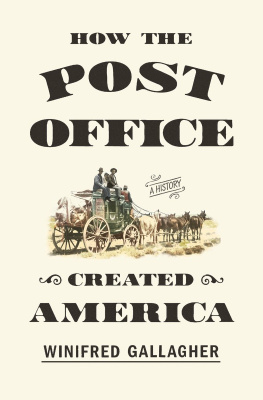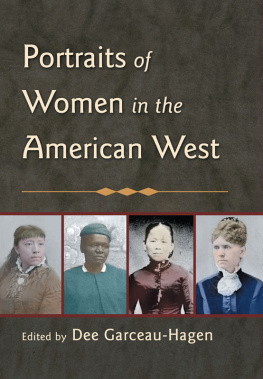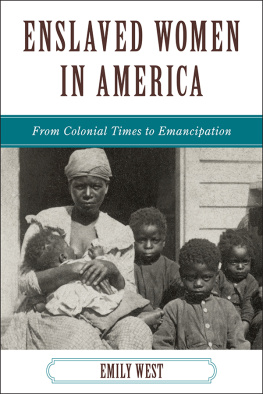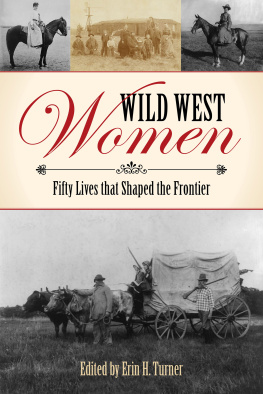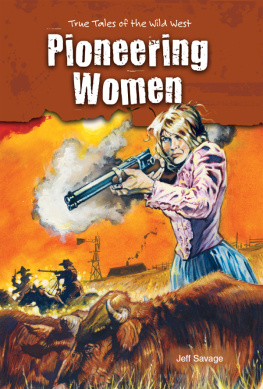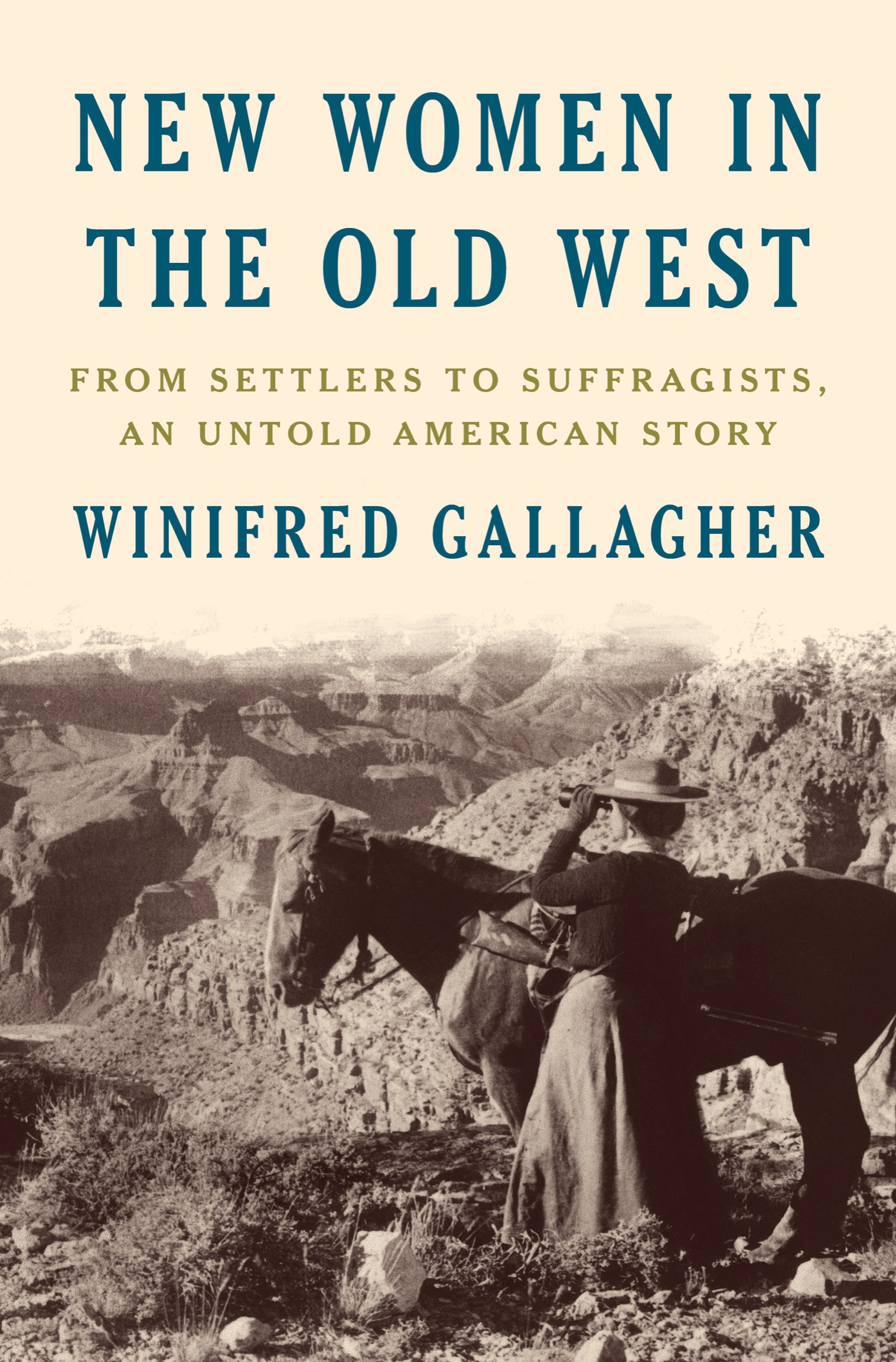Introduction
UNSETTLING WOMEN

The ongoing reformation of American womens history has rightfully restored many individuals previously omitted because of race or class, but one group, distinguished by region, remains overlooked. Between the 1840s and the early twentieth century, the womens rights movement and the colonization of the West were overlapping epochs, and three generations of women were critical to both. Just as during the Revolution and wars since, the vast regions settlement disrupted societys rules of the game enough to give determined women opportunities to become more equal by acting more as equals. This book explores the lives of such courageous individuals, who emerged among the White, Black, and Asian women new to the West, and the Native American and Hispanic peoples they displaced, not just to join but also at certain crucial moments to lead the human rights revolution that, with the Nineteenth Amendment in 1920, would enfranchise half of the nation.
Told that their only place was in the home, women across Victorian America nevertheless proceeded to make stunning social, economic, and political advances toward equality. In the West, however, they often did so while also struggling to build homes, communities, and ways of life from scratch. By the watershed year of 1914, the homesteaders and town mothers, coeds and cooks, teachers and doctors in most of the region could votea right still denied to women in every eastern state. Yet much like the larger history of the West, which is often dismissed as flyover country short on figures such as the founding fathers and events to match the Revolution, its womens record of double-barreled achievement has been neglected.
When the Wests women have not been slighted, they have often been misrepresented, whether as the anonymous aproned helpmeets portrayed in the numerous generic Pioneer Wife memorial statues or as feminists in boots and buckskins, allegedly liberated by frontier life. Even the western suffragist has been stereotyped, like her eastern counterpart, as a traditional White wife and mother, yet a striking number of these activists, like the Wests outstanding women in general, were single, divorced, gay, or bisexual. Still others were women of color. For many Native American, Hispanic, Black, and Asian women, political activism first and foremost meant ensuring their families survival amid the systemic racism that menaced them, yet from their ranks stalwart suffragists later fought to amplify their peoples voices as well as their sexs. Whatever their differences, the Wests trailblazing women were neither the martyrs nor Amazons of song and story but hardworking, persistent individuals who, during the heyday of Victorian domesticity and cross-continental expansion, helped extend womens place from the private home to the national homeland and made America a more just union.
The names of a few remarkable western womenperhaps Montanas Jeannette Rankin, the first woman elected to the US Congress, or Annie Oakley, the nonresident apotheosis of the new cowgirlmay be familiar, but most are not. They include Oregons Abigail Scott Duniway, the mother of western suffrage; Nebraskas Susan La Flesche Picotte, the nations first Native American physician; New Mexicos Adelina Nina Otero-Warren, a chic Hispanic educator and politician; Elizabeth Ensley, a Black teacher, clubwoman, and cofounder of Colorados Non-Partisan Equal Suffrage Association; and Lalu Nathoy, a Chinese woman who escaped slavery in the sex trade to become Polly Bemis, a pioneer homesteader in Idaho.
American womens struggle for equality did not begin, nor has it ended, with suffragethe right to vote in national and local elections, sit on juries, and run for elected officebut remains an incremental social, economic, and political process. Before it was so vividly illustrated in the nineteenth-century West, the connection between womens socioeconomic status and their rights was highlighted in a handful of states during and just after the Revolution. While men waged the war, many wives capably ran their families enterprises. Abigail Adams operated the farm she shared with the future president and sold her butter and eggs for extra money; Mary Katherine Goddard assumed her brothers duties as publisher of the Maryland Journal and the Baltimore Advertiser and soon after became Baltimores postmaster. In recognition of such enterprise and patriotism, the governments of New York, New Jersey, Massachusetts, and New Hampshire allowed women to vote. The Jerseyites held on till 1807, but after the men returned from war, most had been disenfranchised by the time of the Constitutions ratification in 1788.
Indeed, American women were citizens in name only. In principle, citizenship is a constellation of civic rights, such as voting, and responsibilities, such as paying taxes. In reality, it is also a status that involves complex entitlements, which in America was first limited to White meninitially landownerswhose ability to maintain and protect a household qualified them to participate in public affairs. By age-old law and custom, women, much like the enslaved, were not allowed to meet those criteria. They had no official place in civic life and very few legal rights. According to the countrys version of English common law, a feme sole, or single woman, could at least own property and make contracts in her own name. Almost all women married then, however, and a wife became a feme covert, who was covered by, or officially absorbed into, her husbands person. In exchange for his support and protection, she was legally obliged to serve and obey him; her public persona consisted of being his spouse and the mother of his offspring. She could not own, inherit, or control property, including her earnings, sue in court, run a business, divorce, or even claim custody of her own children.


